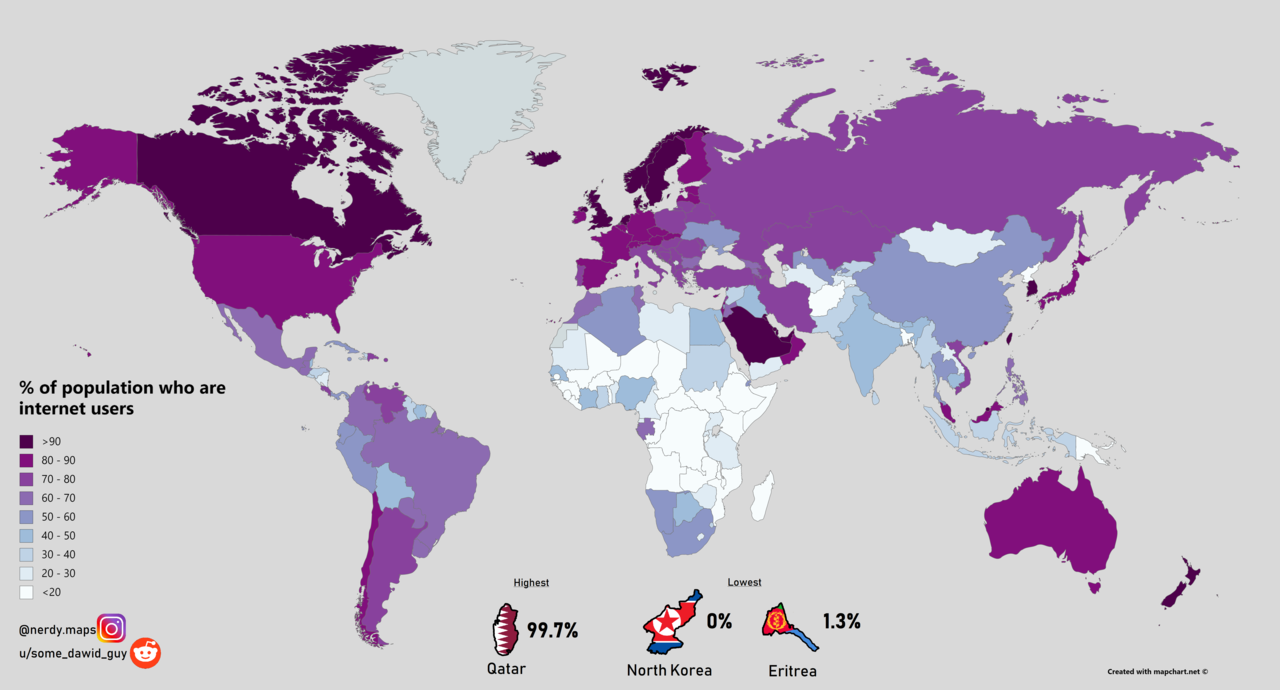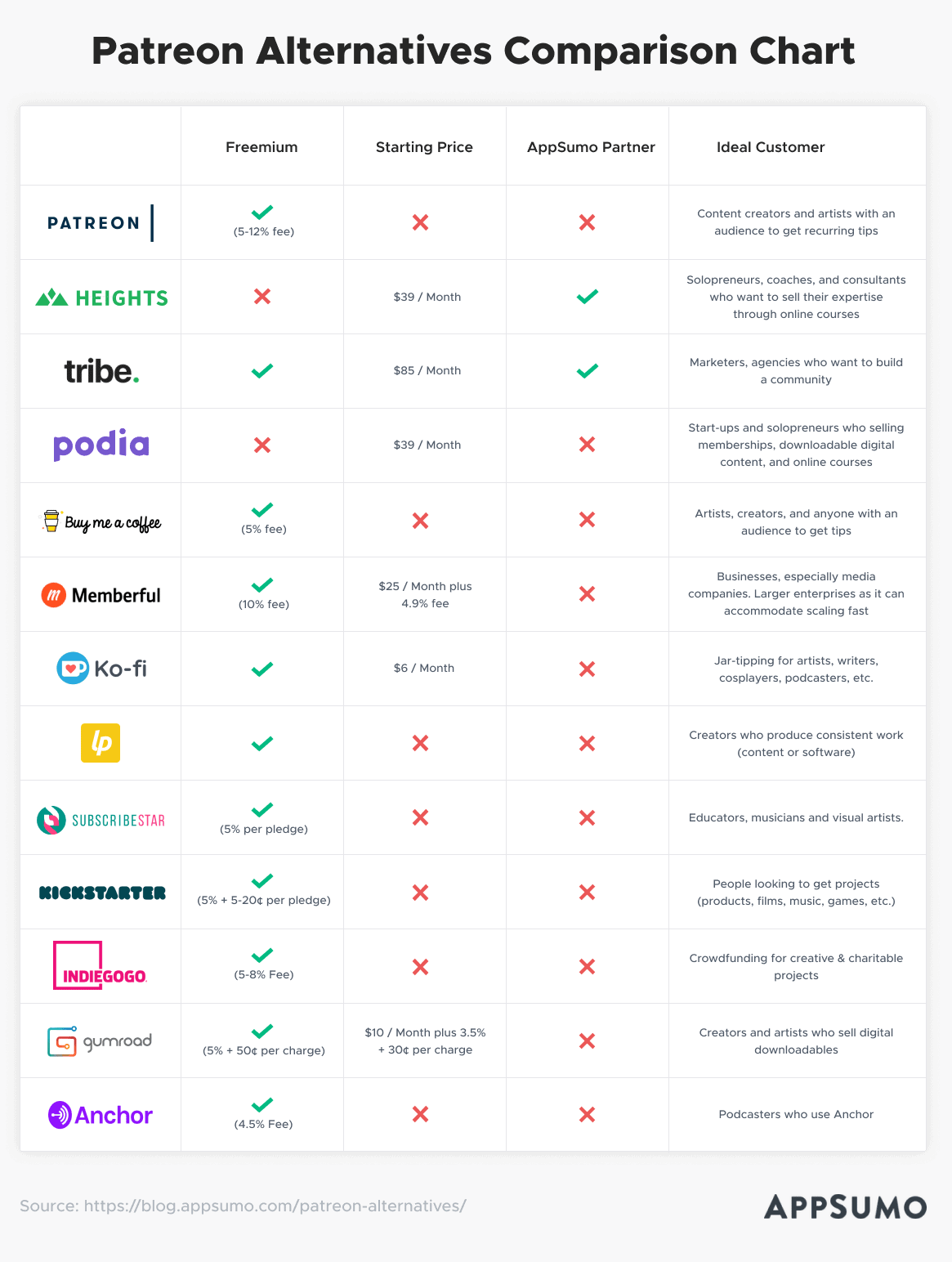How Web technologies became the cornerstone of Human development. (Part 1)
For the past 30 years, the world has been divided into “Developed nations”, “Developing countries” and the “Third World”. While these arbitrary labels might make sense from a socio-historico-economic perspective, they completely break down when it comes to web technologies. This article looks into parallels and trends between web development and human development.
The many worlds
Every day, our neighbours, communities and institutions remind us that we are bound to a certain space and a typical environment. It is indeed very easy to get swept by set dichotomies and see ourselves as “suburban “, “country”, “middle-class”, “redneck”, “elite” or “marginal”. Meanwhile, small businesses and big corporations often look at people in terms of “consumers”, “clients”, “markets” and “revenues”. But these are all outdated tags that have completely lost their meaning in recent years.

Nowadays, it is the web technologies that we use that define us as both individuals and citizens. Whether you live in Central Africa or Eastern Europe, how often you access the internet, use social media and/or shop online will give you a global online identity. The socio-economic divide has been shifted from who has access to local educational and health facilities to who has access to online resources and products.
The few hands
Ideally, the World Wide Web would support global access to materials and knowledge for everyone with little to no barrier. After all, online services are available 24/7 and you only need to have an internet connection to make everything purchase, education or business possible. The recent proliferation of self-help videos, blogs and e-books is a testimony of the culture of Do-It-Yourself in which governments’ participation is supposedly reduced.

But what happens if your country lacks the nation-wide telecommunication infrastructure that makes internet accessible in your town? How can you browse at length when electricity is too unreliable for you to recharge your phone? Why would you shop online when there are no practical means of transportation to deliver the goods locally? And how do you even pay, if you don’t have banking details or online payment accounts? Principles and realities collide very harshly on the cluttered road-map of human development when you bring in the small prints.
Diversity vs Adversity
If left to their own proverbial devices, many Big Tech companies would gladly ignore the inequalities that are built into their vision of web technologies. Why would it matter to them if those at the margins experience so many barriers when attempting to enter the world of Apple, Amazon and Netflix? With web standards agencies perpetually lagging behind, the emergence of an inclusive web relies almost exclusively on start-up projects and privately-funded ventures.
Quality software and online content are now provided, not by well-established decade-old organisations and corporations, but by enthusiastic creators and ad hoc educators. In return for sharing their knowledge and skills on Slack or Youtube, these improvised tech developers get rewarded via platforms such as Patreon and Buy me a Coffee. Still, there is a price to pay to access such facilities over time: users have to give up 5%-10% of their revenue in commissions to the native platform…along with their data.
As we have seen earlier on, web technologies are fast changing and bringing new paradigms in place. This means that for every venture capitalist hogging the spotlight, there will be at least 3 social capitalists lurking in the shadows. In part two, we will look at some projects that favour app-based fundraising as a mean to support the growing circular economy.

